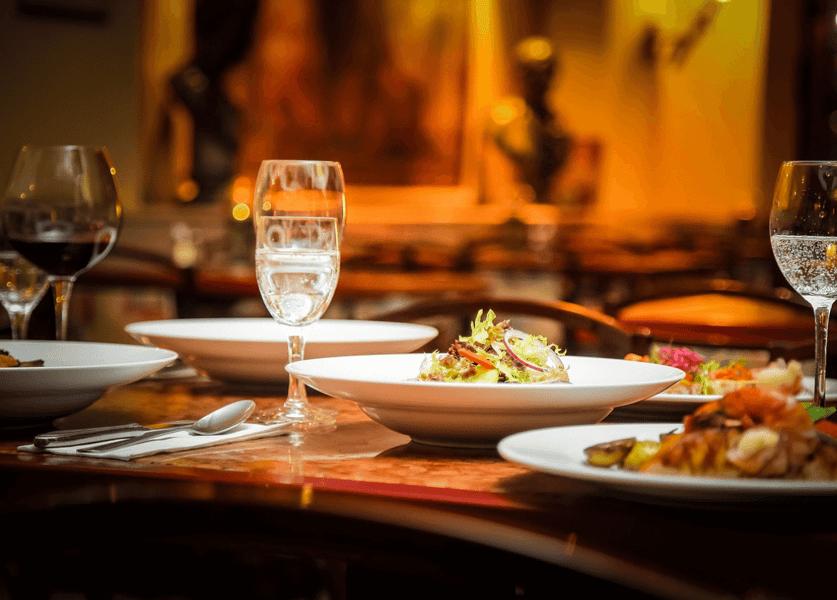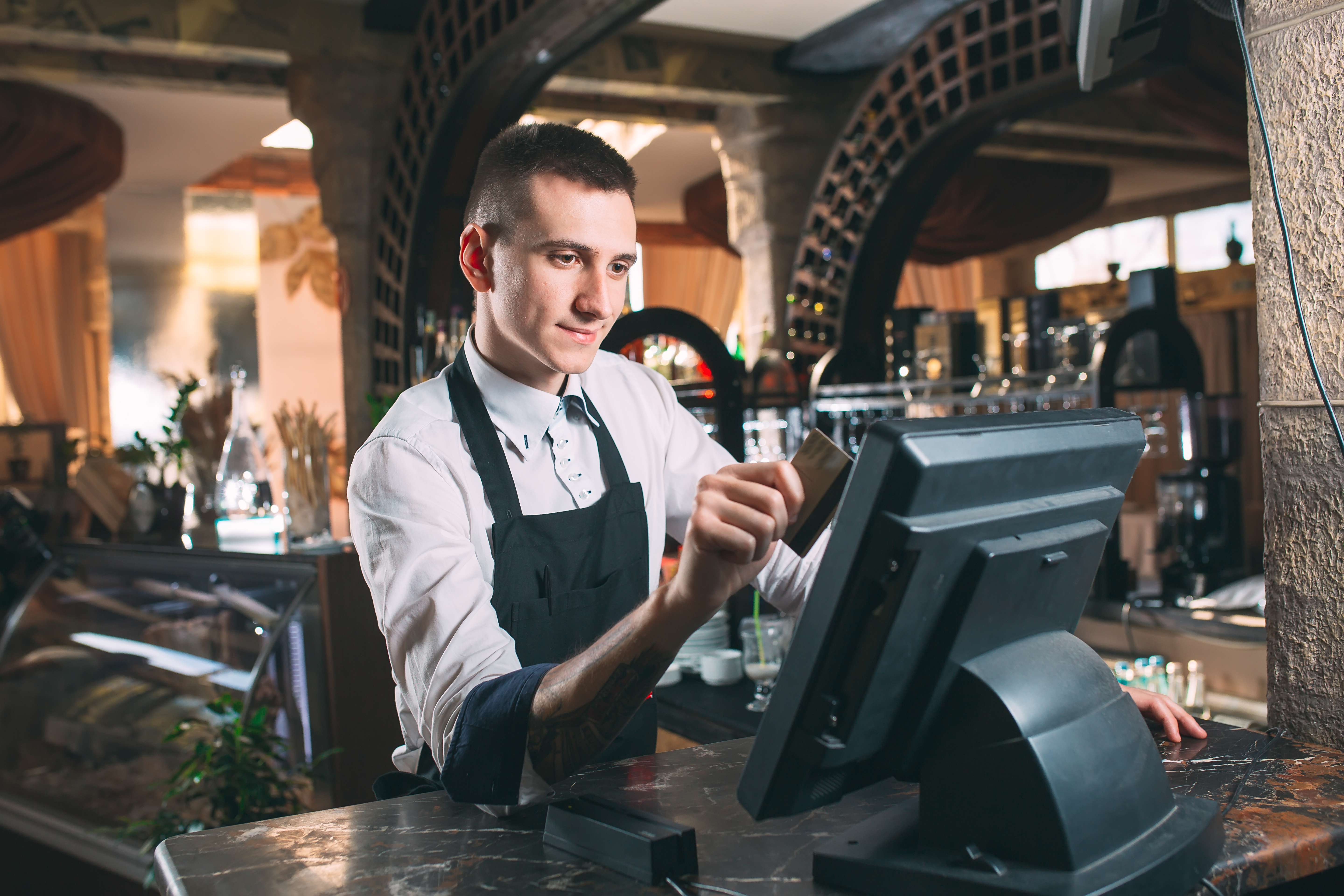5 Ways Restaurants can Increase Average Check Size
Restaurant Laura Johnson
Laura Johnson

Multi-location restaurant operators know how important it is to track sales figures and profits. These essential metrics can be used to quickly identify problems, benchmark location performance, and measure progress towards established goals. Also known as sales per cover or sales per head, average check size is calculated by dividing the amount of total sales by the number of covers for any time period (shift, daypart, day, week, month, etc.). This important Key Performance Indicator (KPI) provides a full picture of what appeals most to guests and impacts total spending, whether that’s menu performance, promotional effectiveness, or server training gaps.
1. Increase Prices
The easiest way to increase average check size is to simply increase prices, but it comes at a steep cost. Increasing prices can have a severely negative impact on customer experience and satisfaction which can result in customer pushback and ultimately traffic declines. While it can affect average check size, this should not be the primary motivation behind increasing prices. Instead, price changes should be related to individual item performance and perceived value. The real challenge for restaurant operators is to increase customer spending without negatively affecting customer satisfaction or risking traffic loss. Achieving this means selling higher value items or selling more items per order.
2. Optimize your Menu
Optimizing a menu involves an understanding of your customer’s decision-making psychology to strategically leverage your menu’s available real estate. For example, the first item in a menu section has an inherently high perceived value based on positioning and will likely be one of your highest sellers. Knowing this, restaurant operators should strategically place a menu item in that position with high margins. In addition to product placement, other messaging cues such as food photography, enticing product descriptions, table toppers, and more should all be used to guide customer eyes to high profit items. Ensure that the items highlighted represent the full variety of the overall menu, crossing over multiple flavor profiles, protein options, and price points. Consider updating your menu seasonally, as this allows you to take advantage of lower cost, in-season produce, and also keep the menu fresh while encouraging frequent visits. Keep your high-performing favorites but use seasonal picks as a way to try new menu items that can hopefully replace underperforming dishes on the menu with a high popularity, high profit margin dish.
3. Leverage Discounts and Promotions
Though highly debated in the restaurant industry, discounting your fare can be a powerful tool towards increasing sales. Every discount and/or promotion is intended to increase sales, whether that’s through increasing traffic, pushing specific menu items, or increasing average order size but runs the risk of devaluing your restaurant. To distinguish between effective and brand-damaging discounting, promotional performance must be closely monitored to ensure that they aren’t simply eroding margins. Be sure to compare dollar off discounts and percentage-based comps to optimize your approach and ensure that discounts meant to increase check sizes are indeed increasing check sizes rather than decreasing them.
4. Offer Combined or Bundled Orders
Everyone is looking for a great deal, and the concept of bundling or combo meals doesn’t have to stay at quick-service restaurants. By bundling menu items, restaurants can not only build check sizes but also increase the customer’s perceived value. Let customers build their own meal deal from a prix fixe menu, choosing from a list of appetizers, entrées, and desserts, all for a discounted, fixed price. Like other discounts/promotions, test the offer during different dayparts (like an early-bird special) to ensure that the bundled offerings are indeed increasing sales and not simply eroding margins.
5. Upsell and Cross-sell with Suggestive Selling
Similar to promotions, restaurants can also build check averages by offering guests upgraded premium items or add-ons. Simply adding premium products to the menu taps into the psychology behind pricing strategies and sets a new perceived value for medium and lower priced products. Determining the proper premium options to add to the menu involves understanding current food trends, customer purchase behavior, and additional operational costs. Front-of-house staff should be trained in suggestive selling. Server performance should be measured by check averages but also by the number of appetizers, sides, desserts, wine, etc. Identify high performers to praise and low performers for additional coaching to make the biggest impact on sales. Of course, take variables like daypart and shift into consideration to avoid comparing a weekday lunch to a weekend dinner or early morning breakfast. Getting your team excited about upselling should be easy since bigger tips come from bigger bills and happier guests.
Want to learn more about how data analytics can inform better decision-making and increase profits in the restaurant industry? View our on-demand webinar, “Ingredients to Insight: 5 Ways to Boost Restaurant Revenue with Data Analytics.”
Related Articles

How to Increase Restaurant Sales
Every owner and operator wants to know how to do one thing above all: increase sales. And for good reason, driving revenue is...
Putting Restaurant Franchisee Data into Focus
Big data is big business for restaurant franchisees in the Information Age. Collecting and analyzing massive amounts of data ...
Common Types of Restaurant Employee Theft
The National Restaurant Association estimates that 75% of restaurant inventory shortages are due to internal theft, and QSRs ...Subscribe to our blog
Receive free educational resources like exclusive reports, webinars, and industry thought leadership articles straight to your inbox.


